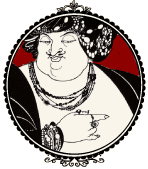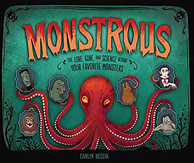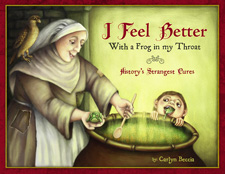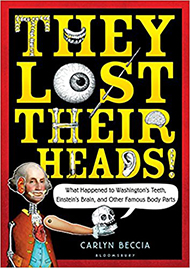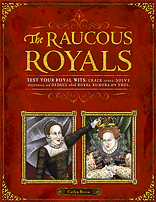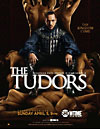 “A source of fiber” “rich in protein” and containing moderate amounts of “iron and vitamins B1 and B2”. These are not the words that most historians would attach to the mythological Joan of Arc. This is the ad copy for JOAN of ARC Kidney Beans which according to the web site are also, “great in chili, salads, soups and casseroles. And when it comes to Latin American and Creole cuisine, Joan of Arc is a real leader!”
“A source of fiber” “rich in protein” and containing moderate amounts of “iron and vitamins B1 and B2”. These are not the words that most historians would attach to the mythological Joan of Arc. This is the ad copy for JOAN of ARC Kidney Beans which according to the web site are also, “great in chili, salads, soups and casseroles. And when it comes to Latin American and Creole cuisine, Joan of Arc is a real leader!” Undeniably, Joan of Arc can sell a whole lot of beans. Although not a single contemporary portrait of her has survived, her face has been plastered on everything from brie cheese to great works of art, books and Hollywood dramas. She is by far the most popular heroine in childrens books and for good reason. At a time when most teens really don’t fully know themselves, Joan of Arc emerges as the iconic heroine of “just do it” determination. This sassy, firecracker of a girl is the social outcast and miss popularity all rolled up in one. Who could possibly resist Jules-Eugène Lenepveu’s larger than life girl, vaingloriously defying the odds as she thrusts her banner to heaven?
Mark Twain spent 12 years writing his novel, Personal Recollections of Joan of Arc and considered it his best work. Critics disagreed. They said Twain was “infatuated” with Joan and accused him of “romanticizing” her story. I still don’t completely understand Joan so I hope any Joan experts that come across my neophyte attempts to retell her story will forgive my stumbling in areas. If Joan could make Twain stumble, then I am in for a rough ride.
Dark Days for the City of Lights
Joan’s story begins in one of the darkest time of the One Hundred years war. Wolves roamed the country side. Plagues ravaged the population. France was in need of a serious morality boost, but there was no Eiffel Tower. No croissants. No cute little beret clad kitties with French accents. No “France.” Carved up like a Christmas turkey, a good chunk of France was controlled by the Burgundians whose loyalty was to the English.
Add to that misery some messy dynastic issues. The king and queen of France, Charles VI and Isabeau of Bavaria had signed the Treaty of Troyes which basically cut their son, Charles VII out of the succession in favor of their daughter, Catherine. They then married Catherine to the English king, Henry V thereby making him and any sons they would have the next kings of France. Isabeau even claimed Charles VII was not her son (and people believed her). Then Henry V and Charles VI dropped dead about the same time leaving Henry’s young son, Henry VI and Charles VII fighting over the crown. In order for Charles VII to be considered the rightful king of France, he had to be crowned at Reims. One problem. Reims was controlled by the English and Charles could barely afford a decent pair of hose so forget about funding an army.
 Now, it follows with one of my favorite Raucous Royals maxims – Those that have the best gizmos will always come out on top. On one side, was the Burgundians and the English led by John, the Duke of Bedford, uncle to the baby Henry VI. They had these snazzy longbows that could easily shoot over 100 yards into enemy lines and puncture a helmet. On the other side, we have the French Armagnacs headed by Bernard d'Armagnac and loyal to the Dauphin, Charles VII. They had some pretty stupid looking hats.* English armies had managed to destroy French armies two to three times their size. It wasn’t exactly a fair battle.
Now, it follows with one of my favorite Raucous Royals maxims – Those that have the best gizmos will always come out on top. On one side, was the Burgundians and the English led by John, the Duke of Bedford, uncle to the baby Henry VI. They had these snazzy longbows that could easily shoot over 100 yards into enemy lines and puncture a helmet. On the other side, we have the French Armagnacs headed by Bernard d'Armagnac and loyal to the Dauphin, Charles VII. They had some pretty stupid looking hats.* English armies had managed to destroy French armies two to three times their size. It wasn’t exactly a fair battle.At the time, a much believed prophecy told of France being lost by a woman and saved by a maiden. The first half of the prophecy was believed to have come true. (Isabeau had lost France) Now, people were waiting for the second half – the maiden to appear.
Stay tuned for part two of Joan of Arc
*ok I am being slightly unfair. The French had longbows too. They just couldn’t figure out how to turn them into hats.
Sources will be listed at end of posts.

